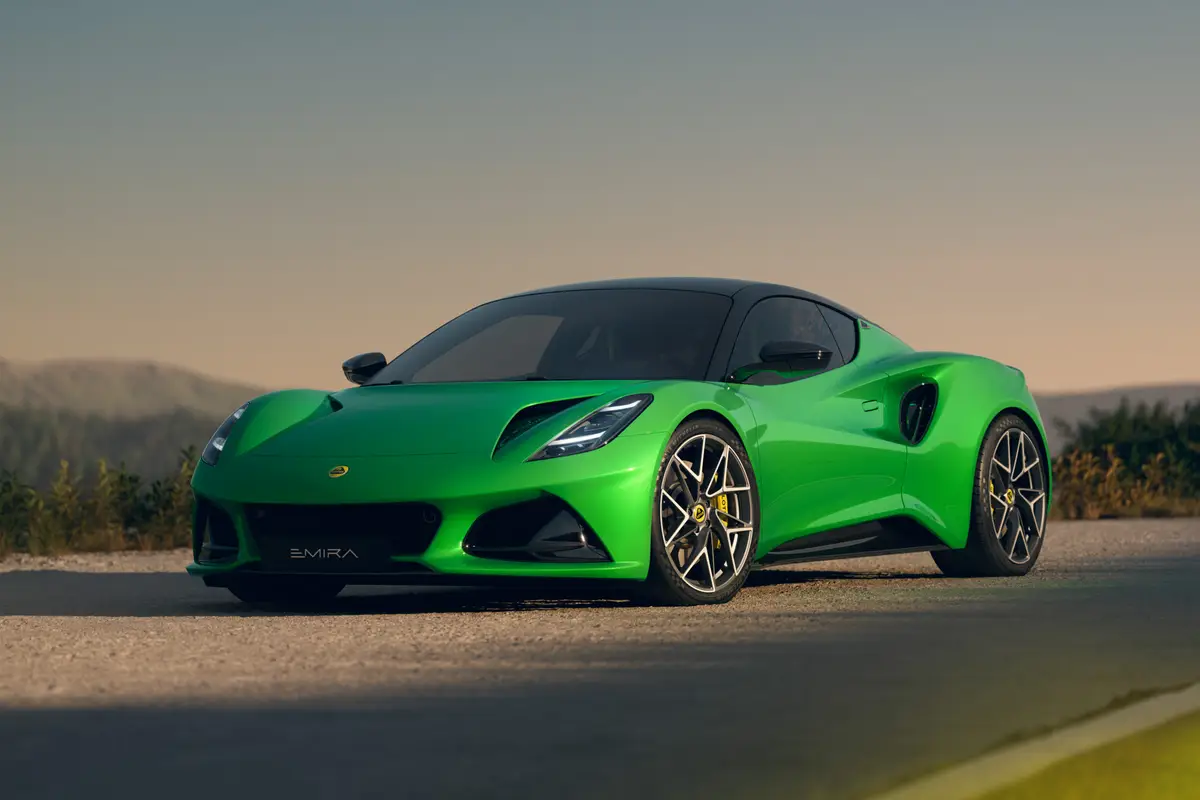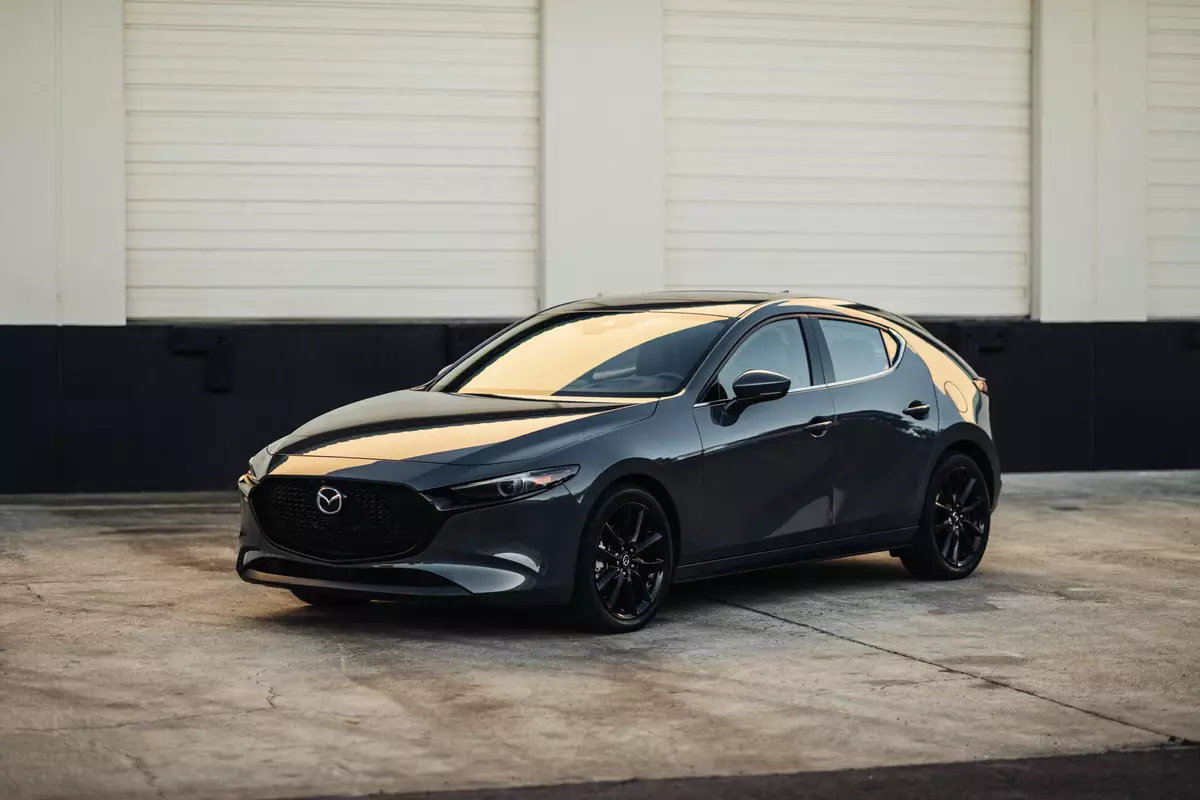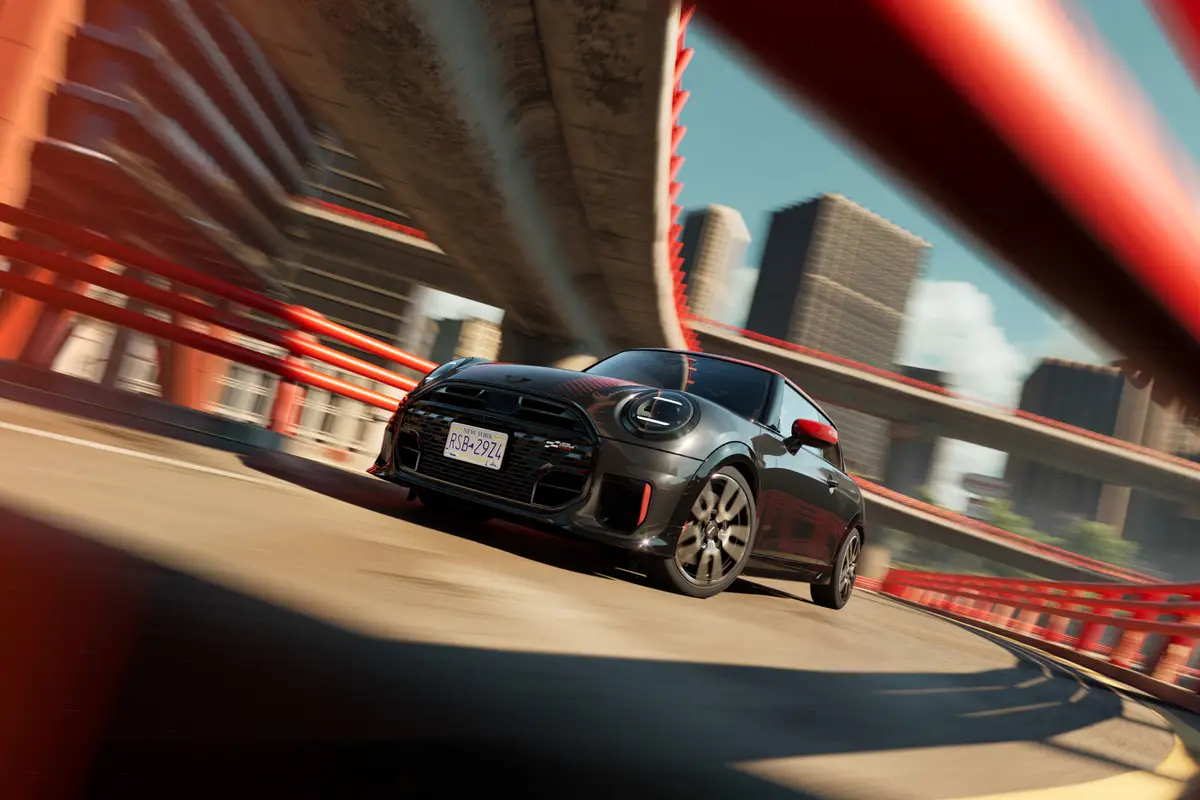chicagotribune.com's view
The boat now has better ballast.
The boat, also known as the Lincoln Continental, because it tended to float on the road, has been given a modest restyling for the 1998 model year, as well as a little suspension tweak so it no longer rocks you to sleep.
The styling changes include new front- and rear-end treatment with wider headlamps, bolder (and Infiniti-like) grille, larger taillamps and longer deck lid.
Also, front fenders, hood and deck lid are made of sheet molding compound, which may not sound earthshaking but could prove to be most valuable in years to come.
The use of the compound means not only lighter weight for better mileage (and lighter boats are easier to maneuver) and more dent and corrosion resistance (for lasting appearance as well as resale value), but it also allows Ford to use recycled plastic. Score one for Ford’s environmental contribution.
But probably more important, those sheet-molding-compound panels mean the automaker can change the styling more quickly by revising the plastic molds rather than coming up with new sheet-metal dies. New fenders, hood and deck lid can make for a dramatic styling change at minimal cost and in minimal time. One of Ford’s avowed goals is to reduce time between restyling cycles, and the compound panels will help achieve the goal.
And you’ll find more chrome on the ’98 Continental (Cars, June 19) than you’ll find in a junkyard full of ’50s throwaways or an Edsel collection.
Besides the new appearance, the Continental that goes on sale Sept. 1 features gas-pressurized shocks front and rear, revised spring rates to reduce motion and retuned tires and strut mounts to reduce road noise and smooth out the ride.
The overall effect is to reduce the feeling you are floating.
A noteworthy change for ’98 finds the Driver Select System an option rather than standard. With it, you can choose high- to low-effort steering and firm to plush (Ford speak for super soft) suspension.
If you opt not to play steering and suspension games, the steering is between high- and low-effort though closer to low and suspension is between plush and normal.
If you choose Driver Select System, you probably would want to choose high-effort steering and firm suspension and leave the settings alone. We found in a test drive here that high-effort steering and firm suspension provided optimum ride and handling.
Low-effort steering is for those who cruise at 45 miles per hour in the center lane on the expressway. High-effort is for those who drive and want the car to respond now when they turn the wheel.
Plush suspension is for those who cruise at 45 m.p.h. in the center lane–all the way to Florida or Arizona–and who insist they’ve been cheated if the car can’t run over railroad ties without harshness transmitted into the seat and/or steering wheel.
The firm setting is for those who prefer the car sit flat and not lean over and rest on the sidewalls when entering or leaving the merge ramp at 55 m.p.h.
Other notable changes for ’98 include an upgraded traction control system that can shut off all but three cylinders to reduce speed in working with anti-lock brakes to keep the vehicle under control; knock sensors to match the timing of the spark plug to the temperature and octane of the fuel for complete burning, meaning premium fuel, though recommended, is no longer required, for a several-cent savings at the pump; eyeglass and tissue holders in the overhead console; fuel-door and deck-lid buttons in the driver’s door; daytime running lamps standard and headlights that turn on when wipers are activated; the RESCU emergency system that now automatically summons help via the cell phone when an air bag deploys, as Cadillac’s OnStar has been doing.
Also, there’s now a pair of cupholders in the front console and a pair in the rear seat center armrest; the muffler has been enlarged to reduce noise; and the radio adjusts the sound when you speed up or slow down.
Continental is offered in five-passenger version with bucket seats upfront or six-passenger version with a bench seat. We found the five-passenger nicer, with cupholders and ashtray along the floor and a center console, which holds phone, coins and power plug, between the two seats. In the six-passenger model, the cupholders, ashtray and power plug are in the instrument panel.
Continental will be followed Nov. 28 by a redesigned Town Car with a family resemblance. The Mark VIII gets no major changes.
Unfortunately, Ford didn’t release any pricing for the ’98 Continental, perhaps because Cadillac brings out a restyled Seville sedan for ’98 and Ford wants to study Seville pricing before making a commitment.
>> 1998 Lincoln Continental Wheelbase: 109 inches Length: 207 inches Engine: 4.6-liter, 260-h.p. V-8 Transmission: 4-speed automatic EPA mileage: 17 m.p.g. city/25 m.p.g. highway Base price: Not available. (For ’97, the car’s priced from $37,280 plus $670 freight.) Price as tested: Not available; goes on sale this fall Pluses: Wallowy ride is gone. Engine a bit peppier, a lot quieter. When wipers are on, lights automatically go on. New front/rear end styling. Acts and sounds more solid. Comfy in back. Choice of five-passenger seating gives you most room and most functional center console versus six-passenger with front bench seat. Choices of steering/suspension settings now optional and not standard. Minuses: Creme de la chrome. Holding off judgment until ’98 pricing is announced. >>
Latest news



